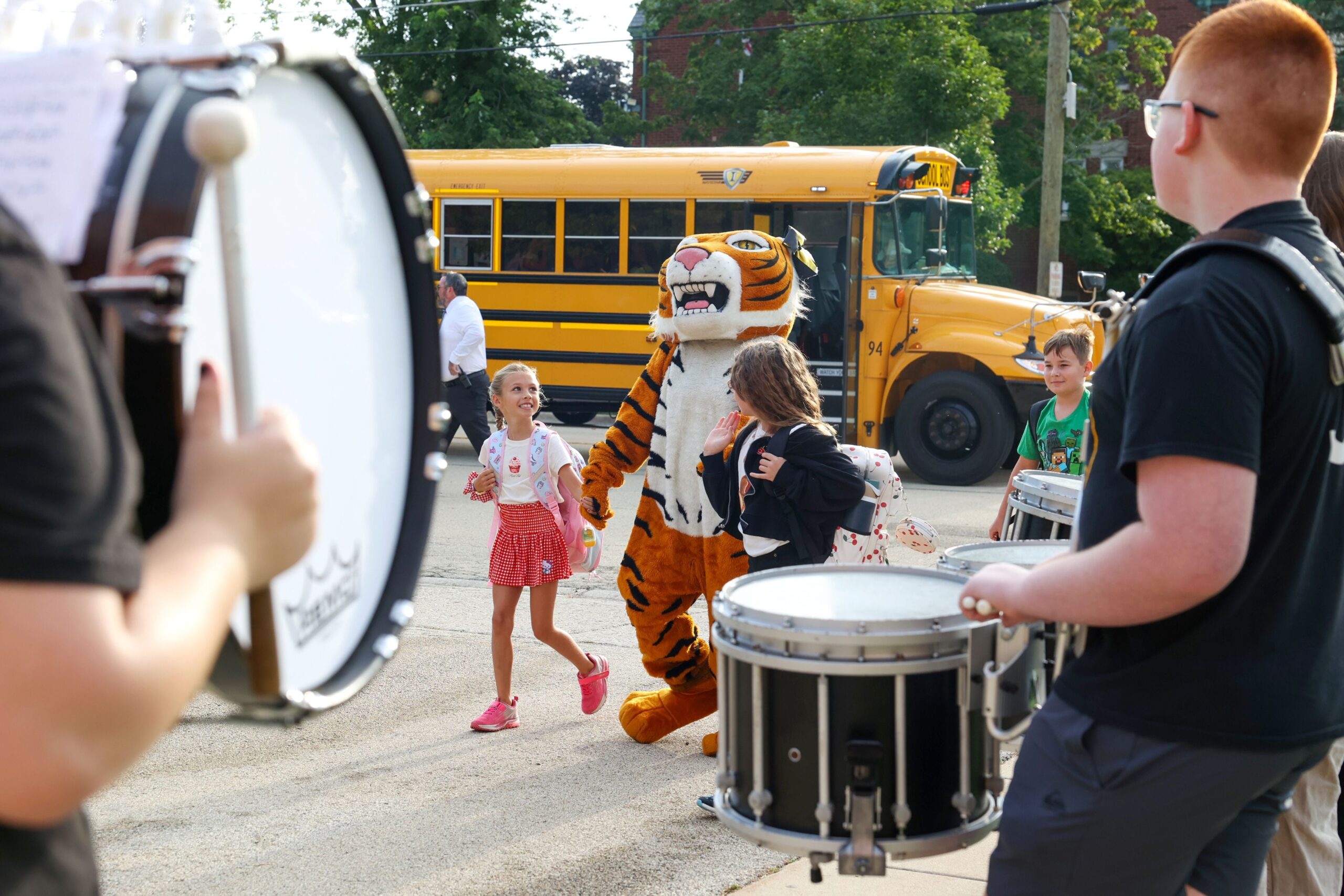Education
Illinois Releases Statewide School Report Card, Reveals Key Trends

The Illinois State Board of Education has released its annual statewide school report card, providing a wealth of data on the performance of schools across the state. This report, published in late October, covers **864 districts**, **3,827 schools**, and **1,848,560 students**, representing nearly **15%** of Illinois’ total population. The data is accessible at **illinoisreportcard.com**, where users can also find historical data from **2006** through **2020**.
The latest figures indicate a slight decline in the state’s educational landscape, with **two districts**, **eight schools**, and **2,730 students** fewer compared to the previous year. Though the state-level overview presents intriguing insights, the report is particularly valuable for parents and taxpayers seeking detailed information about their local districts.
State Superintendent of Education **Tony Sanders** emphasized the importance of the report during a media briefing, stating that proficiency rates would have shown improvement had the cut scores remained unchanged. He noted, “We can’t tell you what they would have been. But we know they would have improved.” This statement highlights the challenges of interpreting educational data, especially with the introduction of a new scoring system for **2025**, which complicates year-to-year comparisons.
The report offers a mix of optimism and concern. On a positive note, chronic absenteeism is down, and the graduation rate has risen. Conversely, only **39%** of tested students achieved proficiency in English, **28%** in math, and **44.6%** in science. These statistics can fuel a range of discussions among educators, administrators, and community members regarding the state of education in Illinois.
The complexity of educational performance is underscored by the variation in academic rigor and funding across districts. While some individuals may express concern over low placement rates in Ivy League institutions, it is essential to consider broader context, including overall population trends that impact enrollment figures.
As parents navigate the educational landscape, particularly those with high school seniors exploring college options, it becomes increasingly clear that raw numbers can only tell part of the story. The challenges of interpreting educational outcomes extend beyond simple metrics, as schools prepare students for diverse futures.
This report is a critical resource for anyone interested in understanding how schools are performing across Illinois. Engaging with this data can spark vital conversations about education and its impact on future generations, encouraging communities to work together to support local schools effectively.
In summary, the new statewide school report card provides essential insights and prompts necessary discussions about educational performance in Illinois. Residents are encouraged to explore the data, engage with their local schools, and use this information to advocate for improvements in the educational system.
-

 Lifestyle2 months ago
Lifestyle2 months agoWinnipeg Celebrates Culinary Creativity During Le Burger Week 2025
-

 Education2 months ago
Education2 months agoBrandon University’s Failed $5 Million Project Sparks Oversight Review
-

 Science3 months ago
Science3 months agoMicrosoft Confirms U.S. Law Overrules Canadian Data Sovereignty
-

 Health3 months ago
Health3 months agoMontreal’s Groupe Marcelle Leads Canadian Cosmetic Industry Growth
-

 Science3 months ago
Science3 months agoTech Innovator Amandipp Singh Transforms Hiring for Disabled
-

 Technology3 months ago
Technology3 months agoDragon Ball: Sparking! Zero Launching on Switch and Switch 2 This November
-

 Education3 months ago
Education3 months agoRed River College Launches New Programs to Address Industry Needs
-

 Technology4 weeks ago
Technology4 weeks agoDiscord Faces Serious Security Breach Affecting Millions
-

 Technology3 months ago
Technology3 months agoGoogle Pixel 10 Pro Fold Specs Unveiled Ahead of Launch
-

 Science3 months ago
Science3 months agoChina’s Wukong Spacesuit Sets New Standard for AI in Space
-

 Business2 months ago
Business2 months agoRocket Lab Reports Strong Q2 2025 Revenue Growth and Future Plans
-

 Education3 months ago
Education3 months agoAlberta Teachers’ Strike: Potential Impacts on Students and Families
-

 Technology3 months ago
Technology3 months agoWorld of Warcraft Players Buzz Over 19-Quest Bee Challenge
-

 Business3 months ago
Business3 months agoNew Estimates Reveal ChatGPT-5 Energy Use Could Soar
-

 Business3 months ago
Business3 months agoDawson City Residents Rally Around Buy Canadian Movement
-

 Technology1 month ago
Technology1 month agoHuawei MatePad 12X Redefines Tablet Experience for Professionals
-

 Technology3 months ago
Technology3 months agoFuture Entertainment Launches DDoD with Gameplay Trailer Showcase
-

 Science3 months ago
Science3 months agoXi Labs Innovates with New AI Operating System Set for 2025 Launch
-

 Technology3 months ago
Technology3 months agoInnovative 140W GaN Travel Adapter Combines Power and Convenience
-

 Business3 months ago
Business3 months agoBNA Brewing to Open New Bowling Alley in Downtown Penticton
-

 Technology3 months ago
Technology3 months agoGlobal Launch of Ragnarok M: Classic Set for September 3, 2025
-

 Technology3 months ago
Technology3 months agoNew IDR01 Smart Ring Offers Advanced Sports Tracking for $169
-

 Education2 months ago
Education2 months agoNew SĆIȺNEW̱ SṮEȽIṮḴEȽ Elementary Opens in Langford for 2025/2026 Year
-

 Technology3 months ago
Technology3 months agoArsanesia Unveils Smith’s Chronicles with Steam Page and Trailer










